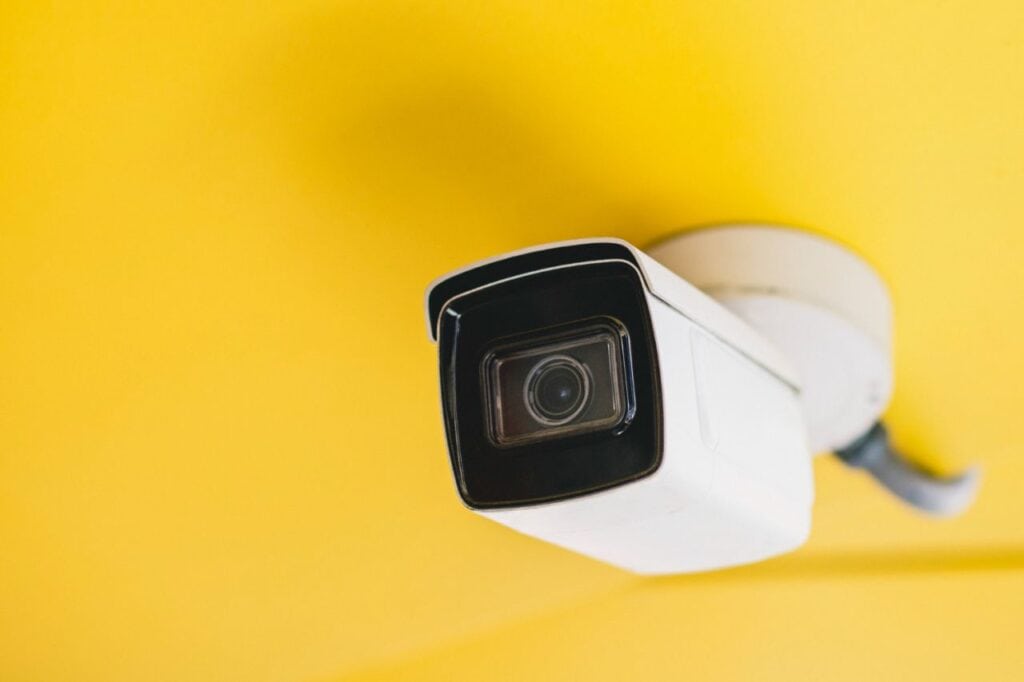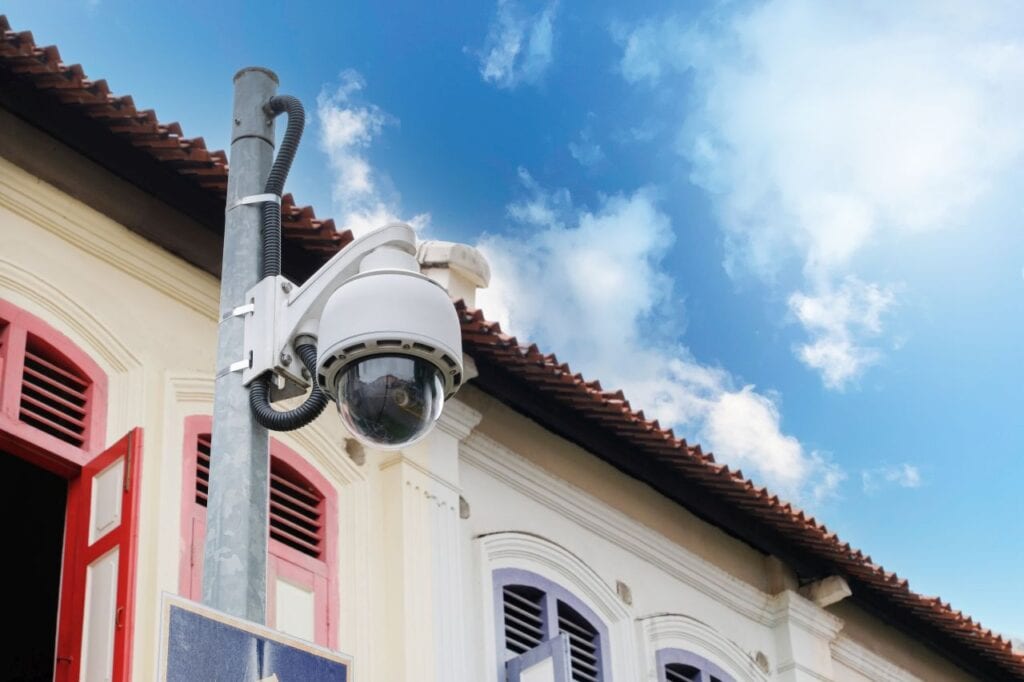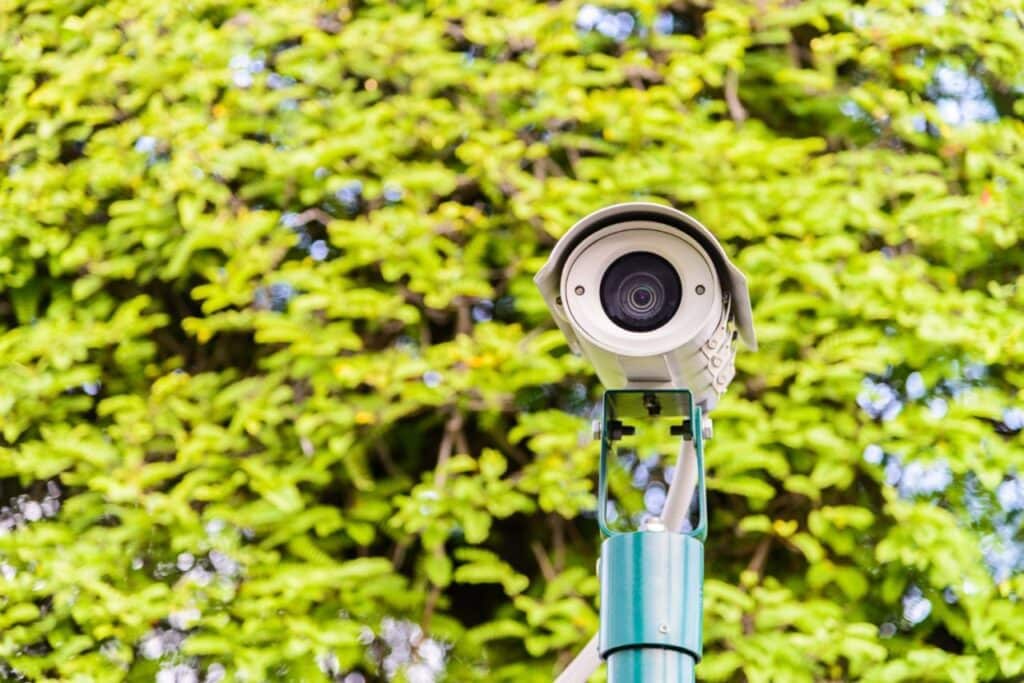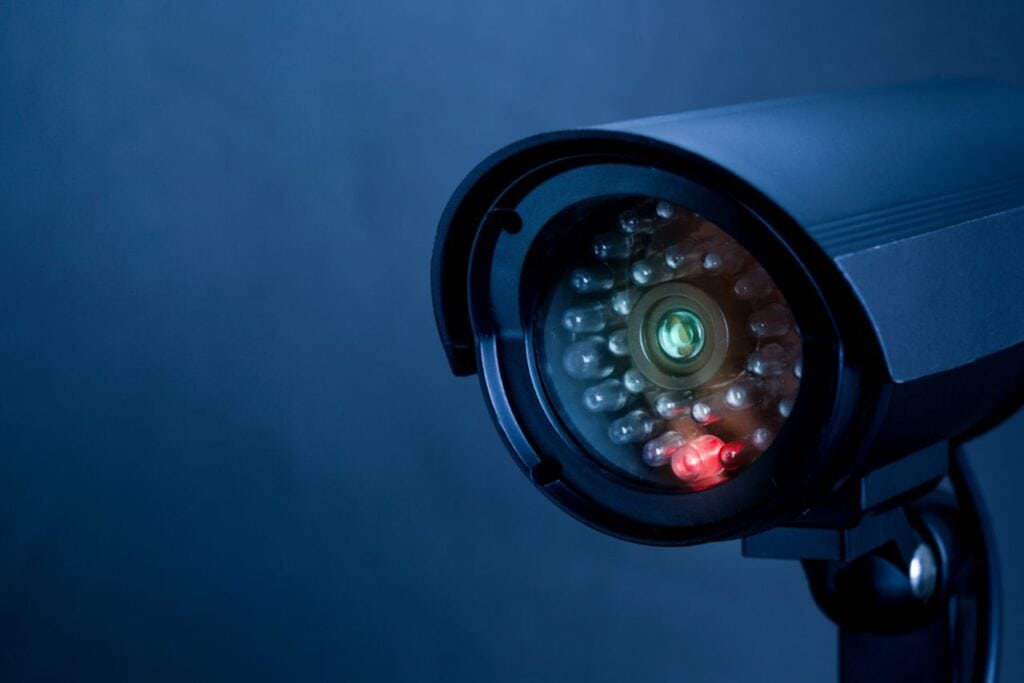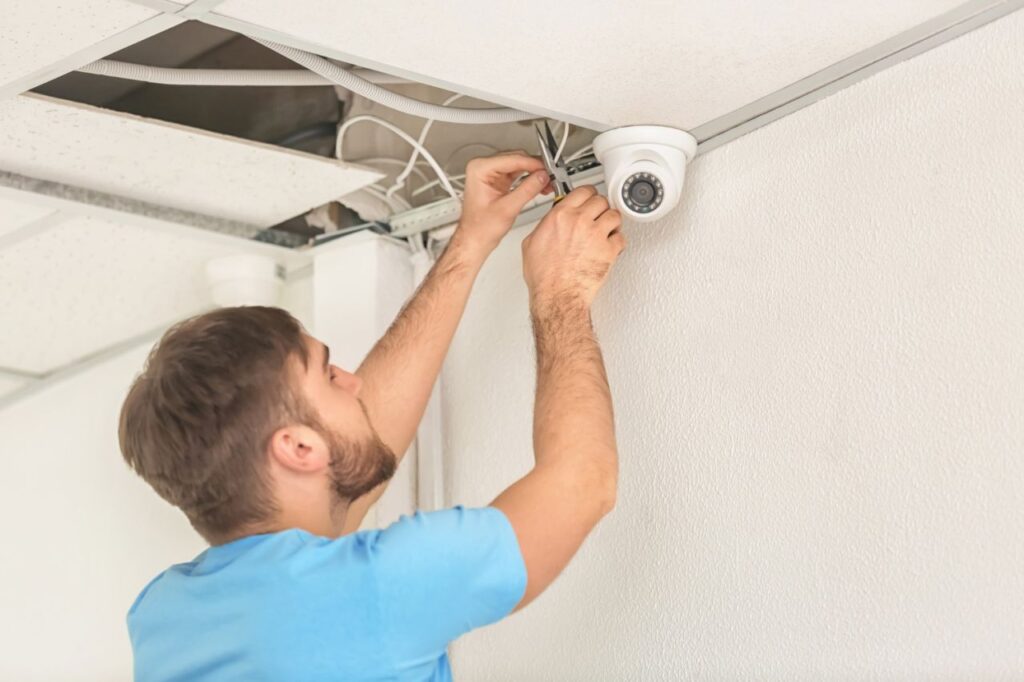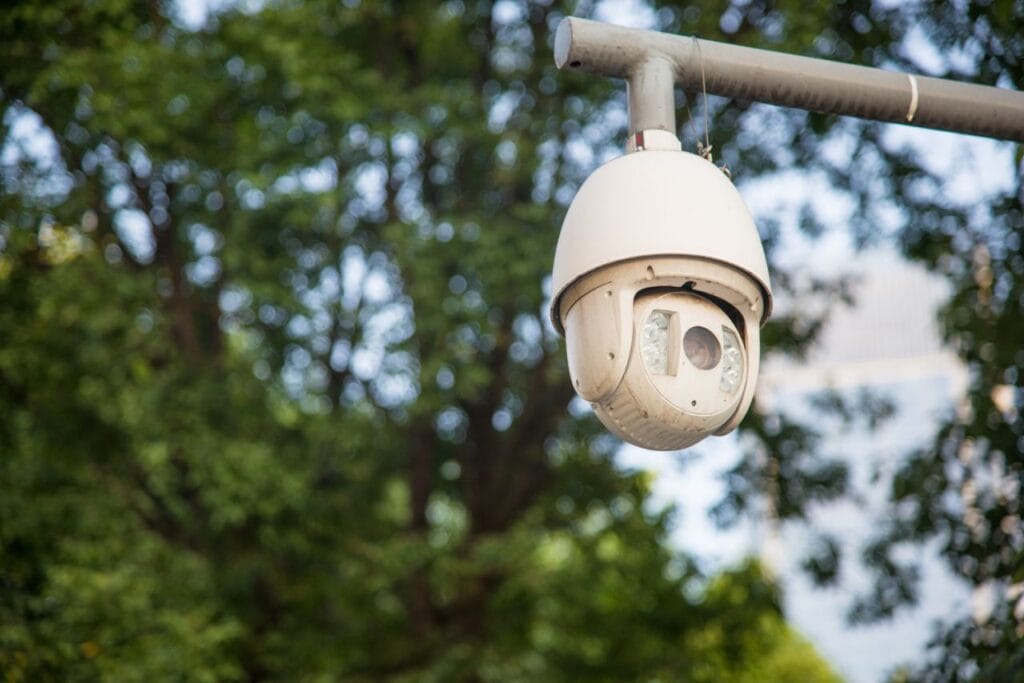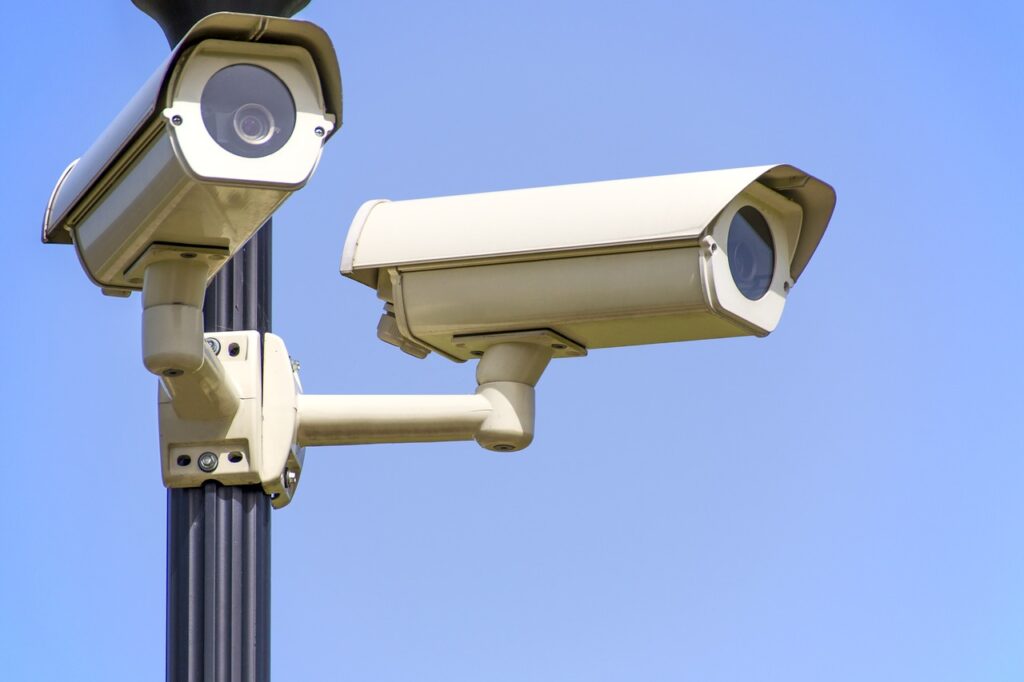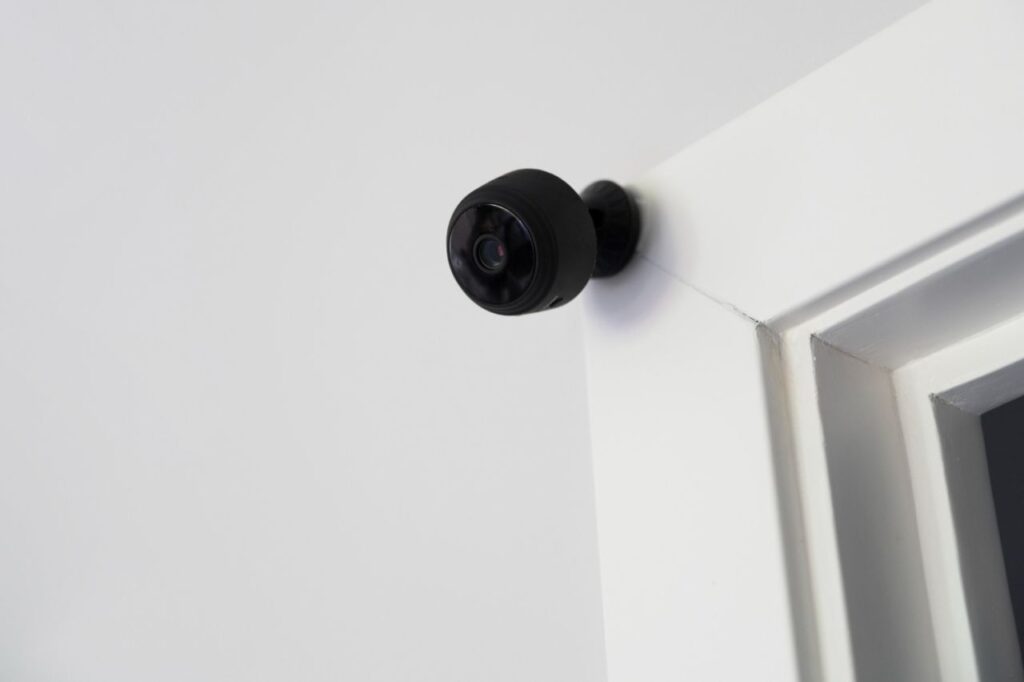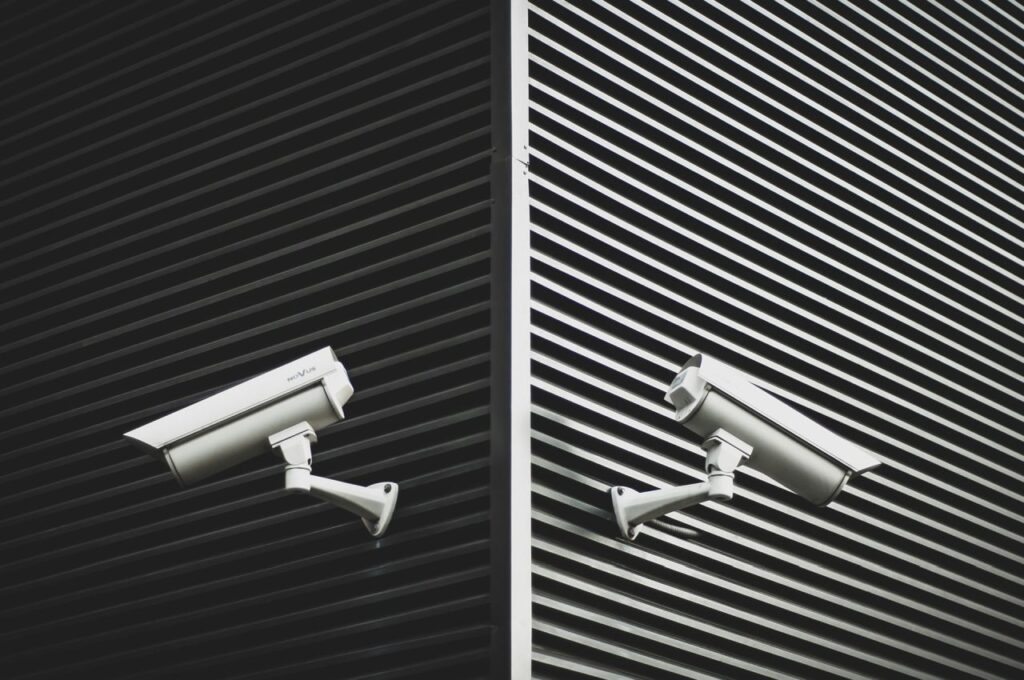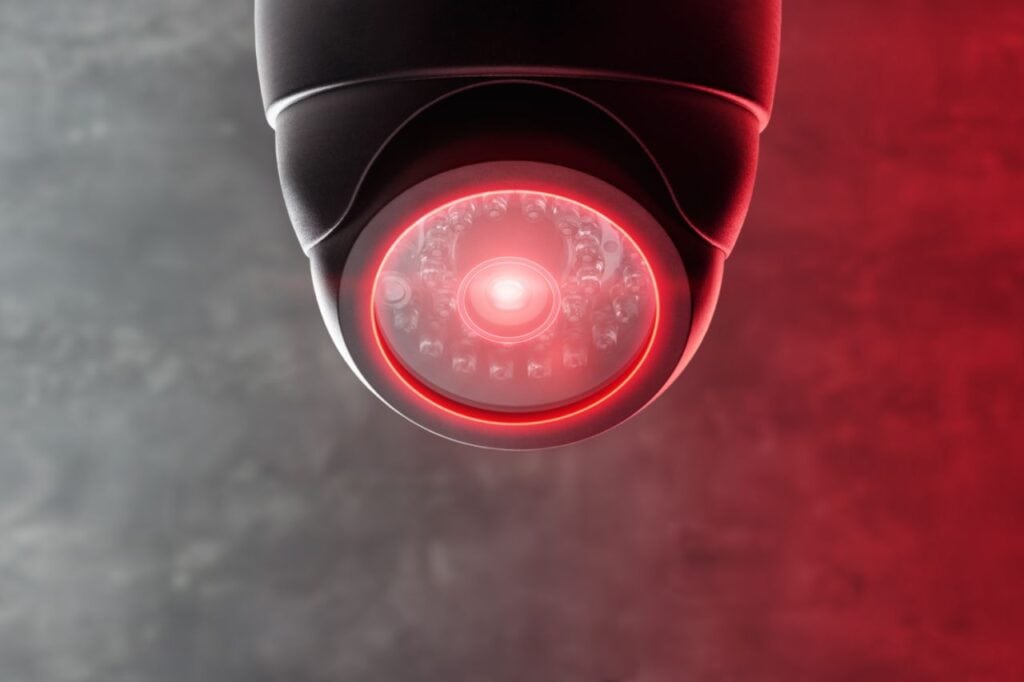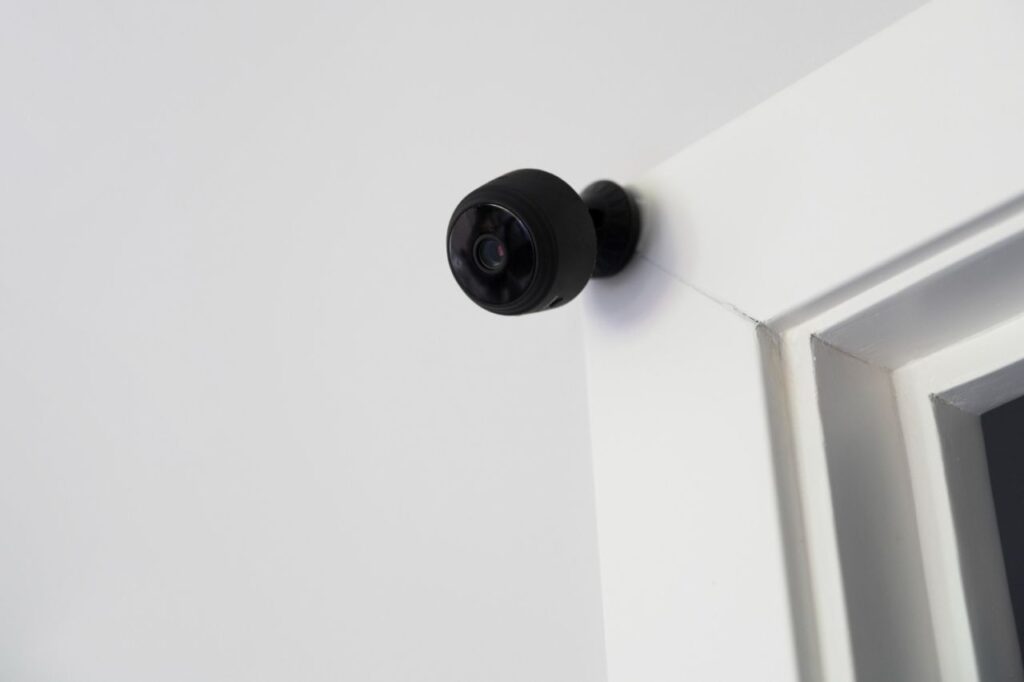CCTV systems are an integral aspect of safety measures in a wide range of locations, from private residences and companies to public spaces. In the event of a security breach, these technologies can be used as proof of the incident as well as to dissuade potential criminals. CCTV systems, like all electronic ones, need regular upkeep to function at peak efficiency.
If you don't keep up with your CCTV system's maintenance, you risk poor video quality, a broken system, and a lack of protection. That's why it's so important to know why regular CCTV system maintenance is so important and to do what needs to be done to keep your CCTV systems in good working order.
What is a CCTV System?
Closed Circuit Television (CCTV) refers to a network of cameras, screens, and recorders set up to monitor and document activity in a contained space. A closed-circuit television system's principal function is to increase safety by discouraging criminal behaviour, locating and identifying intruders, and documenting security breaches in the event they occur.
The following items make up the CCTV system:
- Cameras: The cameras capture and transmit video footage to the recording devices or monitors.
- Recording Devices: The recording devices store the video footage recorded by the cameras.
- Monitors: The monitors display the live or recorded video footage from the cameras.
Here is how a typical CCTV system operates:
- The cameras record footage of the monitored region.
- The cameras send their video feeds to whatever is being recorded or viewed.
- The video is recorded onto digital media and can be retrieved at a later time.
- Security workers can see live or previously recorded video via the monitors.
Motion detection, facial recognition, and remote access by computer or mobile device are a few examples of what modern CCTV systems are capable of. A closed-circuit television (CCTV) system is an excellent security tool for deterring and identifying intruders in many different environments.
How To Properly Maintain CCTV Systems?
Regular maintenance is necessary if you want your CCTV system to last as long as possible and perform at its best. Cleaning and inspecting CCTV cameras on a regular basis will help find and correct problems, and keeping the system up-to-date with firmware updates will guarantee that it is always using the most recent software. Maintenance of CCTV systems also includes testing recording and playback functions, installing cameras in strategic locations, and verifying proper power and connectivity. CCTV systems require frequent maintenance to function at peak efficiency; failing to do so can result in poor video quality, system failure, and security breaches.
Cleaning and Inspecting
Maintaining a high level of functionality in a CCTV system necessitates routine cleaning and inspection of the cameras and lenses. Here are some justifications and suggestions for maintaining and inspecting CCTV equipment and its cameras and lenses:
Why it's crucial to maintain your CCTV equipment regularly:
- Debris like dust, grime, and other particles can collect on the camera and lens, degrading image quality and causing other problems.
- By cleaning and inspecting the CCTV system on a regular basis, problems can be found and fixed before they become serious.
CCTV camera and lens maintenance suggestions:
- Try using a soft-bristled brush or a microfiber cloth to clean the camera and lens.
- Use the manufacturer-recommended cleaning solution on a soft, clean cloth or lens paper.
- Use the cleaning solution on a soft cloth and gently wipe the camera and lens, taking care not to scratch the equipment.
- Ensure that the camera and lens are free of cracks and scratches.
- Check the camera's alignment and focus, and make any necessary adjustments.
Maintaining a clean and well-inspected CCTV system is essential for its best operation and lifetime. At the very least once every three months, and more often if the camera is in a dusty or dirty environment, CCTV cameras and lenses should be cleaned and inspected.
Firmware Updates
If you want your CCTV system to function at its best and be as secure as possible, regular firmware updates are a must. The firmware is the device-specific software that manages the operation of the camera or recorder. Manufacturers routinely update the CCTV system's functionality through the distribution of firmware upgrades that include bug repairs, security patches, and new features.
Some of the many benefits of keeping your CCTV system's firmware up to date include the following:
- Upgrades to the CCTV system's firmware might boost its performance and add new features. Updates can do a number of things, including enhancing video quality and adding functionality like motion detection and facial recognition.
- Patches to fix security flaws in the previous firmware version are a common reason for updating the software. These fixes will make it harder for hackers and other bad actors to compromise the CCTV system and steal data from it.
- Improvements in system stability New firmware releases can correct flaws found in older releases, making the CCTV system more dependable.
It is advisable to check the manufacturer's website or get in touch with customer service on a regular basis to see if there are any firmware upgrades available for CCTV systems. The manufacturer may also provide a check for and install firmware updates automatically for software or tools.
The following steps should always be taken when updating the firmware on a CCTV system:
- Before updating the firmware, make sure you have a backup of all of your data, including videos and system configurations, in case the update fails.
- It is critical to update the firmware in accordance with the manufacturer's instructions, which may specify certain processes or prerequisites.
- Consult reputable resources; Firmware upgrades should only be downloaded from reliable sources like the manufacturer's website or authorised channels.
- Turning off the CCTV system or otherwise interfering with the firmware upgrade process might severely damage the system.
Updating the firmware on a CCTV system is critical for maintaining its peak performance and safety. In order to keep the CCTV system working properly and securely, it is essential to check for firmware upgrades on a regular basis, update in accordance with the manufacturer's instructions, and back up data before updating.
![]()
Test Recording and Playback
To guarantee that CCTV systems are functioning properly and producing high-quality video footage, it is essential to test the recording and playback functionalities. Some of the many benefits of regularly evaluating your CCTV system's recording and replay capabilities include the following:
- Verify the functionality of the CCTV system by testing the recording and playback functions to ensure that the system is recording and storing video as intended.
- Testing the recording and playing back functions can help users find and fix issues like broken cameras or insufficient storage space.
- By evaluating the playback function, users can evaluate the recorded video's quality and determine what changes need to be made to the image quality (such as the camera's settings or lighting).
- Many sectors and governments have rules or requirements pertaining to CCTV systems, such as how long footage must be stored. Users can verify that their CCTV system abides by these standards by testing the recording and playback capabilities.
Users should do the following while testing the recording and playing back capabilities of a CCTV system:
- Make sure the cameras are set up and working correctly.
- Start recording, and check in on the footage to ensure everything works as it should.
- Put an end to the recording and check the replay to make sure everything is in order.
- Verify the standard of the recorded video and make any necessary adjustments to the camera or illumination.
- Check that the storage space is adequate and the correct place is used to keep the video recordings.
It is essential to test CCTV systems' recording and playback capabilities to ensure proper operation, find and fix problems, enhance video quality, and meet laws. By performing these tests on a regular basis, customers can ensure that their CCTV system continues to meet their needs in terms of dependable and efficient surveillance.
Importance of Proper Camera Placement
For CCTV systems to work as intended, cameras must be placed in strategically advantageous positions. A clear view of the monitored area provided by a strategically placed camera can dissuade criminal activities. Camera placement is critical for closed-circuit television systems for the following reasons:
- Coverage of the area: Strategically placed cameras can capture everything that needs to be watched.
- Visible cameras placed in strategic locations can discourage criminal behaviour.
- Suspect identification Accurately placed cameras can capture clear images of potential perpetrators in the event of an incident.
- Specific camera placement or coverage may be mandated by law in some sectors and jurisdictions to ensure compliance.
Things to think about when setting up cameras:
- When deciding where to put cameras, it's important to keep in mind the surveillance's intended purpose. Cameras used for security purposes may be placed in a different location than those used to monitor traffic.
- The monitored area's size and layout should be considered while deciding on the optimal number and placement of cameras.
- The quality of the video recording might be negatively impacted by inadequate lighting, so it's important to take that into account while setting up the cameras.
- Consider any walls, pillars, or other things that could potentially obscure the camera's vision before deciding where to put the camera.
Positioning and angling cameras:
- Place the camera at a suitable height to capture a complete panorama of the region you want to keep an eye on. The optimal camera height depends on the viewing angle and distance from the region being surveyed.
- Make sure the region to be monitored is in the camera's field of view by adjusting the camera's angle. The distance and angle between the camera and the target region will determine the optimal camera position.
- In order to get a good look at what's being watched, you'll need to focus on the camera. Depending on the distance and orientation of the camera, focus adjustments may be necessary.
- Placement of the camera: The camera should be positioned such that it has a clear view of the area to be surveyed. Distance and angle from the area you want to watch should be taken into account while setting up your camera.
Power and Connectivity
CCTV systems can only function properly if they have constant access to power and the internet. Cameras are useless, and video cannot be broadcast if they do not have access to electricity and the internet. Some of the many reasons why reliable electricity and internet access are crucial for CCTV systems are as follows:
- Uninterrupted operation is only possible with a permanently wired power source for the CCTV system.
- Camera footage must be able to make its way to recording devices or monitoring stations, both of which necessitate connectivity.
- Access from a distance: With the right infrastructure in place, CCTV systems may be accessed remotely, allowing for centralised monitoring and management.
Methods for Verifying Power and Connection
- Verify the reliability of the power source for the CCTV system. Check to see that all power cables are firmly attached.
- Make sure the cameras can communicate with the recording devices or monitoring stations. Verify there are no frayed or cut wires and that all cables are properly attached.
Suggestions for fixing electricity and network problems:
- If there is a power source problem, ensure that the electrical outlet and circuit breaker are on and functioning properly. Inspect the power cords for fraying or dangling ends and faulty connections. You may want to invest in a UPS (Uninterruptible Power Supply) to prevent power outages.
- Problems with connection? Examine the cables for wear and loose connections. Verify that the wires are connected properly to the cameras, recording devices, and monitoring stations. You should think about changing out any frayed wires.
- If the CCTV system relies on a network connection, verify the network settings and that it is linked to the desired network. Locate and fix any broken or loosened network wires. You could try resetting the network equipment or contacting the system administrator.
Conclusion
CCTV systems are crucial to the safety of many different establishments and require constant care to function properly. The system consists of cameras, displays, and recorders that work together to record and display video. Security personnel can examine live or recorded video via displays that display the footage from the cameras. Optimal performance can only be achieved with consistent upkeep. CCTV systems are a great security investment since they can both detect and repel potential invaders.
Routine maintenance is a must if you want maximum efficiency from your system. Maintaining the system with frequent firmware upgrades and cleaning and examining the cameras and lenses will keep things running well. It is recommended to clean and inspect cameras and lenses, test recording and playback functions, set up cameras in strategic areas, and double-check power and connectivity as part of routine maintenance. A CCTV system's best performance and longevity can only be ensured through routine maintenance and inspection. Firmware updates should be installed regularly because of their many benefits, including improved performance and stability, bug fixes, and new features.
It is important to regularly test the recording and playback functions of CCTV systems to maintain their integrity, identify and rectify any issues, improve video quality, and ensure compliance with all applicable regulations. For CCTV systems to accomplish their goals, it is crucial that cameras be positioned appropriately. When installing cameras, it's crucial to think about the area's layout, the amount of light coming in, and any obstacles like walls or pillars that could block the camera's view. The viewing angle and camera distance determine the ideal camera height. Focusing adjustments may be required based on the distance and angle of the camera.
CCTV systems cannot operate without constant access to power and communication. Only with a hardwired power supply is continuous operation feasible. For centralised monitoring and management, CCTV systems must be accessible remotely. The reliability of the power supply, the presence of frayed or cut wires, and the resolution of electrical and network issues are all methods that can be used to verify power and connectivity. It would be best if you got a UPS to protect yourself from blackouts. Checking for wear and loose connections in the cables, and repairing any that you find, can often resolve connection issues.
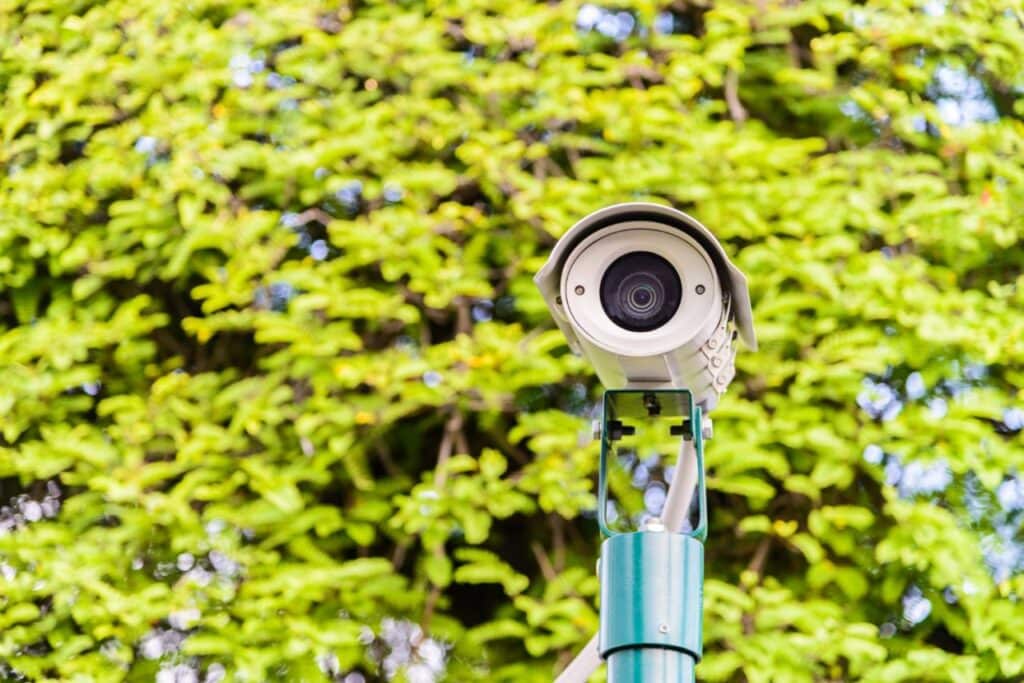
Content Summary
- CCTV systems are an integral aspect of safety measures in a wide range of locations, from private residences and companies to public spaces.
- CCTV systems, like all electronic ones, need regular upkeep to function at peak efficiency.
- If you don't keep up with your CCTV system's maintenance, you risk poor video quality, a broken system, and a lack of protection.
- That's why it's so important to know why regular CCTV system maintenance is so important and to do what needs to be done to keep your CCTV systems in good working order.
- A closed-circuit television system's principal function is to increase safety by discouraging criminal behaviour, locating and identifying intruders, and documenting security breaches in the event they occur.
- The cameras capture and transmit video footage to the recording devices or monitors.
- A closed-circuit television (CCTV) system is an excellent security tool for deterring and identifying intruders in many different environments.
- Regular maintenance is necessary if you want your CCTV system to last as long as possible and perform at its best.
- Maintaining a high level of functionality in a CCTV system necessitates routine cleaning and inspection of the cameras and lenses.
- By cleaning and inspecting the CCTV system on a regular basis, problems can be found and fixed before they become serious.
- CCTV camera and lens maintenance suggestions:
- Try using a soft-bristled brush or a microfiber cloth to clean the camera and lens.
- Ensure that the camera and lens are free of cracks and scratches.
- If you want your CCTV system to function at its best and be as secure as possible, regular firmware updates are a must.
- Upgrades to the CCTV system's firmware might boost its performance and add new features.
- It is advisable to check the manufacturer's website or get in touch with customer service on a regular basis to see if there are any firmware upgrades available for CCTV systems.
- The manufacturer may also provide a check for and install firmware updates automatically for software or tools.
- Before updating the firmware, ensure you have a backup of all of your data, including videos and system configurations, in case the update fails.
- Updating the firmware on a CCTV system is critical for maintaining its peak performance and safety.
- In order to keep the CCTV system working properly and securely, it is essential to check for firmware upgrades on a regular basis, update in accordance with the manufacturer's instructions, and back up data before updating.
- To guarantee that CCTV systems are functioning properly and producing high-quality video footage, it is essential to test the recording and playback functionalities.
- Some of the many benefits of regularly evaluating your CCTV system's recording and replay capabilities include: Verifying the functionality of the CCTV system by testing the recording and playback functions to ensure that the system is recording and storing video as intended.
- Make sure the cameras are set up and working correctly.
- It is essential to test CCTV systems' recording and playback capabilities to ensure proper operation, find and fix problems, enhance video quality, and meet laws.
- For CCTV systems to work as intended, cameras must be placed in strategically advantageous positions.
- Visible cameras placed in strategic locations can discourage criminal behaviour.
- Things to think about when setting up cameras: When deciding where to put cameras, it's important to keep in mind the surveillance's intended purpose.
- The monitored area's size and layout should be considered while deciding on the optimal number and placement of cameras.
- Place the camera at a suitable height to capture a complete panorama of the region you want to keep an eye on.
- The optimal camera height depends on the viewing angle and distance from the surveyed region.
- Make sure the region to be monitored is in the camera's field of view by adjusting the camera's angle.
- The distance and angle between the camera and the target region will determine the optimal camera position.
- Distance and angle from the area you want to watch should be considered while setting up your camera.
- CCTV systems can only function properly without constant power and internet access.
- Cameras are useless, and video cannot be broadcast if they do not have access to electricity and the internet.
- With the right infrastructure in place, CCTV systems may be accessed remotely, allowing for centralised monitoring and management.
- Verify the reliability of the power source for the CCTV system.
- Check to see that all power cables are firmly attached.
- Make sure the cameras can communicate with the recording devices or monitoring stations.
- Verify that the wires are connected properly to the cameras, recording devices, and monitoring stations.
- Locate and fix any broken or loosened network wires.
Frequently Asked Questions
While bullet CCTV cameras can be used inside, they primarily use exterior monitoring. However, a bullet camera with a wide-angle lens and high-resolution imaging can be an ideal choice if you need to keep tabs on a sizable indoor area.
Remote access and viewing are features of most bullet-style CCTV cameras. Anywhere you have an internet connection, you can check out the camera's live feed on your mobile device, tablet, or computer. The camera's focus, exposure, and other parameters can be adjusted wirelessly.
A bullet CCTV camera's resolution, the field of view, night vision capabilities, weather durability, and compatibility with other security systems are all important considerations. The cameras' location, type, and cost should all be considered. The ideal bullet CCTV camera for you will ultimately depend on your individual security requirements and the setting in which it will be positioned.
Bullet CCTV cameras have a number of advantages, including their long range, good image quality, and durability to the elements. They can monitor expansive outside areas with little effort and are especially useful for monitoring parking lots, driveways, and boundary fences.


